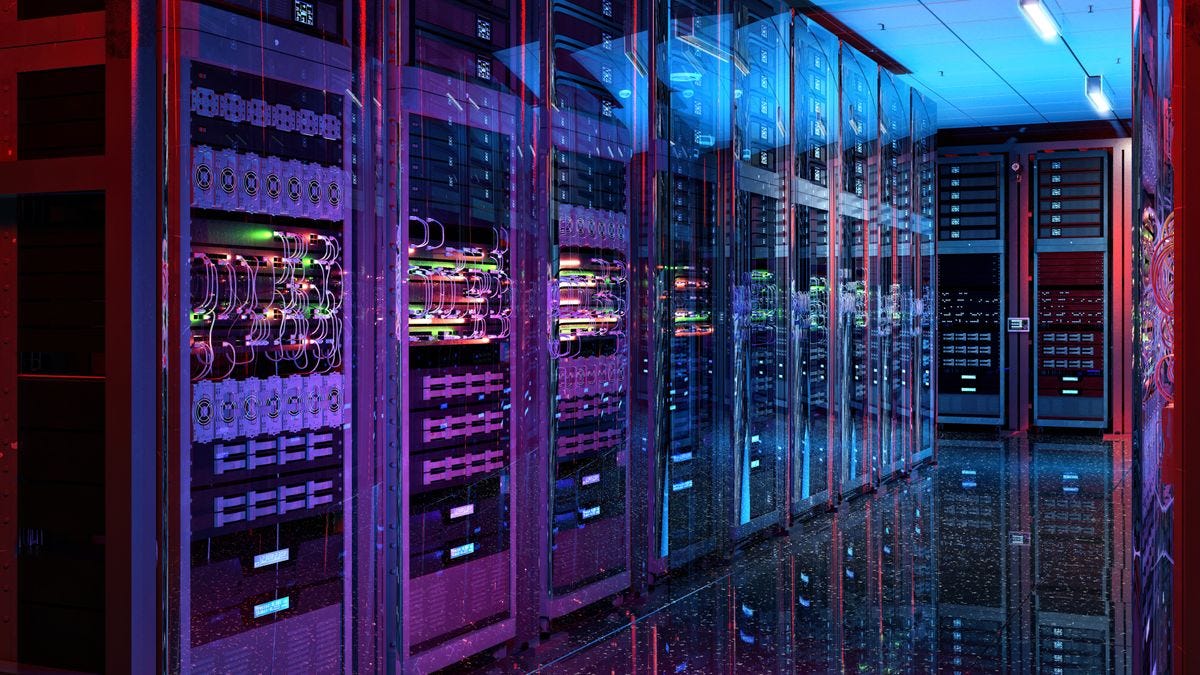AI Is Not a Tech Revolution. It Is a New Instrument of Power.
As the public talks about AI as a productivity tool or a clever assistant, something more serious is already unfolding. Anthropic CEO Dario Amodei recently warned that AI could eliminate a large share of entry level white collar jobs within 1 to 5 years. He also suggested that national unemployment could rise to 10%, 15%, or even 20%. Many readers took this as a distant scenario. The details inside the story show the opposite. The early stage of this shock is already here.
Recent reports describe young graduates entering their first job only to find that the basic tasks once assigned to newcomers are now handled by AI tools. These tasks used to train new workers and allow them to gain experience. When these tasks disappear, the path into the middle class begins to close. A society reproduces its professional class through each new generation of entry level workers. When those jobs are removed, the entire system loses its foundation.
AI Job Loss Is Not an Accident. It Is Part of a Larger Redistribution of Power.
AI is often described as a neutral tool that simply raises efficiency. This hides the real driver of the current transformation. The loss of entry level jobs is not caused by technology alone. It is caused by the way capital chooses to use technology.
Businesses have strong incentives to reduce labor costs. AI gives them a way to remove the workers who have the least bargaining power. New graduates, interns and junior staff are the easiest to eliminate because they require training and offer the smallest short term return. When AI is combined with experienced employees, companies gain more output for less investment.
This shift changes the entire structure of opportunity. If society loses its pathway for young workers to gain experience, the next generation of the professional class will shrink. A shrinking middle class leads to slower economic activity, more financial stress and greater political tension. So the problem is not only unemployment. It is the collapse of mobility.
Capital benefits from this adjustment. Workers do not. This is why the AI transition must be understood as a distributional conflict, not a technological evolution.
Governments Are Racing for AI Advantage, Not Preparing for Social Stability
Most governments today focus on AI as a national competition. They pursue faster models, larger datasets and more compute. They fight to attract companies and talent. These goals are understandable, but they redirect attention away from the real risk. Countries are preparing to win the global AI race, but they are not preparing to handle the domestic consequences of rapid displacement.
Unemployment caused by AI is treated as a secondary issue, something that can be addressed later. That assumption is flawed. The speed of AI deployment is far faster than the speed of policy development. Capital moves even faster, because its decisions do not require public debate. Young workers are already facing the early impact, and the public sector has not created a safety buffer.
The result is a widening gap between technological acceleration and institutional capacity. This is not a matter of ignorance. It is a matter of political priorities.
UBI Will Not Fix the Underlying Problem
Universal Basic Income is presented as a solution for widespread job loss. The idea sounds helpful, but under a capitalist structure, it does not address the source of the problem. When governments distribute cash, the market often adjusts by raising prices. The money flows back to companies through consumption. Workers remain insecure. Capital maintains control. Society stays dependent on financial transfers rather than stable employment.
UBI does not create experience. It does not create professional pathways. It does not rebuild the middle class. It also does not challenge the power imbalance that causes the problem in the first place. UBI solves symptoms but leaves the structure untouched.
AI Is More Than Production Power. It Is Becoming New Means of Production.
AI not only increase productivity. It is becoming a central form of production itself. This means that whoever controls AI controls the next phase of economic and political life.
In many countries, private companies hold this power. They own the models, the computing resources and the data. They decide how AI is used, who can access it and who pays for it. This gives a small group the ability to shape the future of work, learning, healthcare, security and public information.
In other countries, the state has more oversight. The government directs major investments, sets guardrails and restricts how capital can use the technology. Under this model, the risks of exploitation are reduced, and the benefits are more evenly distributed. The purpose of AI becomes part of national strategy, not only corporate profit.
These two structures will lead to very different societies over the next 10 to 20 years. When capital controls AI, inequality accelerates. When the public sector controls AI, the technology can be aligned with social goals.
The question is simple.
Who controls the technology that will define the next generation of work, wealth and security.
Where This Leads If Nothing Changes
If governments continue the current path, several outcomes are likely. Entry level jobs will continue to disappear. A smaller share of the population will reach stable professional work. Young workers will cycle through temporary or unstable positions. Household formation will slow. Consumption will weaken. Political polarization will rise because more people will feel excluded from economic life. Meanwhile, capital will gain more leverage because AI lowers its dependence on human labor.
This is not a technological forecast, but a social forecast.
What Needs To Change
A stable AI transition requires more than technical regulation. It requires structural reform. Governments need to protect the entry pathway into the workforce. They need to require companies to maintain training programs and provide real opportunities for new workers. They need to ensure that the economic value produced by AI is shared through public investment, modernized tax systems and targeted redistribution.
AI benefits must not concentrate entirely at the top. If they do, the outcome will be permanent class division.
Conclusion
AI is changing work faster than any previous technology. But the central issue is not the technology itself. The issue is control. The group that controls AI will shape the next phase of society. If that group is private capital, the benefits will flow upward and the losses will fall on those who already struggle. If the public sector takes a stronger role, AI can support broader prosperity and national stability.
The next few years will determine which path becomes reality.
This is not a debate about innovation. It is a debate about who controls the power.



